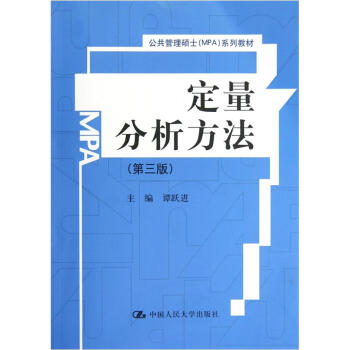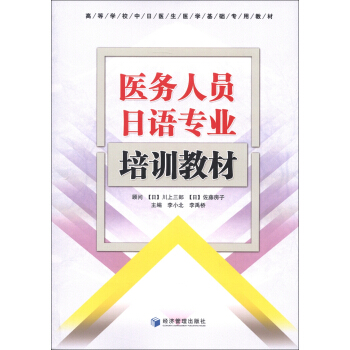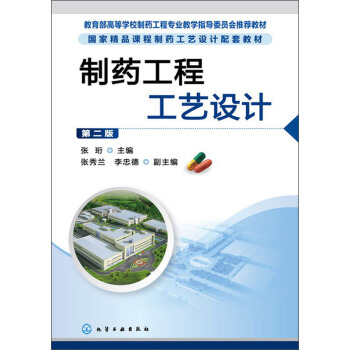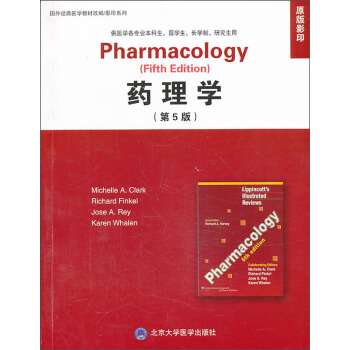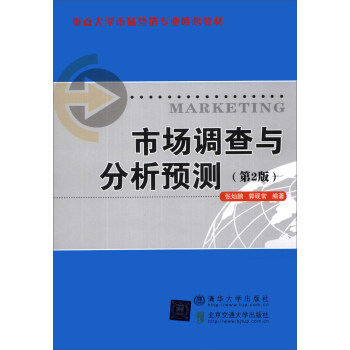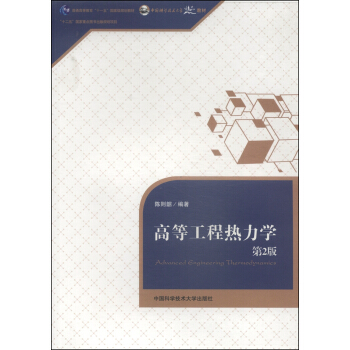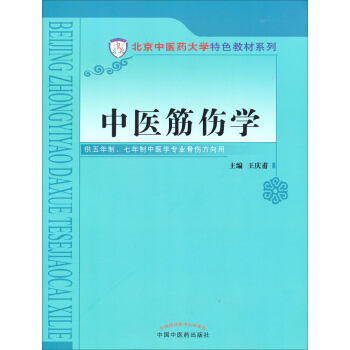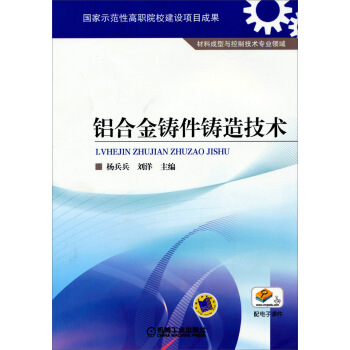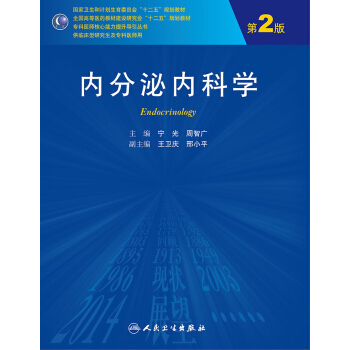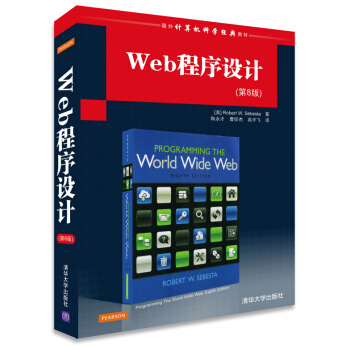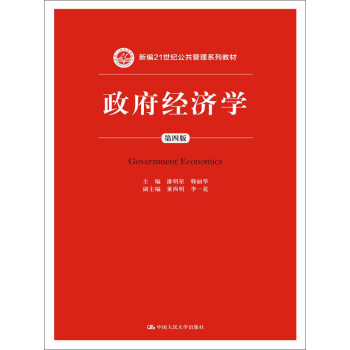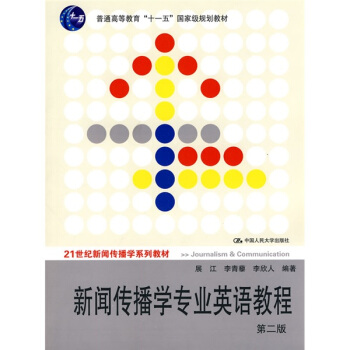

具體描述
內容簡介
1.本書共分為18個單元,教學可按17~18個教學周、54學時安排。每單元由4篇選文構成(個彆單元為5篇),每篇選文的長度在1000個單詞左右。內容大緻涵蓋大眾傳播事業的主要部類和新聞與傳播學的主要領域。2.在每單元所選文章中,根據單元主題的不同,一般有1~2篇著名學者關於該主題的經典論述,1~2篇比較具體的個案研究性質的文章,以及1篇綜閤性的概述(反映本學科到20世紀末的發展)。這樣組閤的目的,是希望能盡量做到材料新穎,容量充足,內容專業,點麵結閤,深淺有緻,形成梯次,適閤新聞與傳播學專業本科生和碩士研究生共同使用。
3.本書所選文章,主要來自新聞學、傳播學、政治學、經濟學、法學、文化學、社會學等方麵的文獻。
4.課文生詞的選擇和釋義以教育部公布的《大學英語教學大綱通用詞匯錶》中的四級詞匯為起點,學生可參考生詞錶來理解課文。
5.在課後練習中,練習一采取問答題的形式,旨在培養學生理解作者的主要觀點,並歸納課文主要內容的能力。
6.專業翻譯能力的培養是本教材的一個重要目的。在每單元所選文章中,我們提供兩篇譯文,作為教學參考。
內頁插圖
目錄
Unit 1 IntroductionPassage One The Meaning of "Communication"
Passage Two McQuails Normative Theories
Passage Three Hot and Cold
Passage Four Minervas Owi
Unit 2 Books
Passage One Books in History
Passage Two Book Publishing
Passage Three The Printing Press as an Agent of Change
Passage Four Areopagitica: A Speech for the Liberty of Unlicensed Printing
Unit 3 Magazines
Passage One Magazine as Media Innovators
Passage Two Magazines Push Images Over Words
Passage Three Luce and Time
Passage Four Early Periodical as Publicist Instrument of Criticism
Unit 4 Newspapers
Passage One What if There Were No Newspaper?
Passage Two A Newspaper Industry Casualty You May Have Missed
Passage Three The New York Times in 1990s
Passage Four Natural History of the Newspaper
Unit 5 Film
Passage One Importance of Movies
Passage Two The Structure of the Western Film
Passage Three Hollywoods Big Six
Passage Four Schindlers I.ist: The Role of Memory
Unit 6 Radio
Passage One FMs Rise
Passage Two Characteristics of American Radio
Passage Three Trends and Convergence in Radio and Sound Recording
Passage Four The Assets and Liabilities in Radio
Unit 7 TV
Passage One Impact of Television
Passage Two Culture
Passage Three The Case for Television Journalism
Passage Four CBS News
Unit 8 Internet and Media Convergence
Passage One Internet
Passage Two Worldwide Wedge: Division and Contradiction in the Global Information Infrastructure
Passage Three Weblogs, Citizen Journalists and Traditional Media
Passage Four Media Convergence and Complications
Unit 9 Media Education and Media Literacy
Passage One The Origin of Journalism Education
Passage Two What They Dont Teach at J-School
Passage Three Green-Eyeshades Versus the Chi-Squares
Passage Four Elements of Media Literacy
Unit 10 Advertising
Passage One Media Choices
Passage Two Origins of Advertising
Passage Three Advertising: The Magic System
Passage Four Advertising: Agencies and Copywriters
Unit 11 Public Relations
Passage One Defining Public Relations
Passage Two Public Relations Services
Passage Three Newsmaking
Passage Four The Roots of Public Relations
Unit 12 Media Economy
Passage One Economic Foundation of Mass Media
Passage Two The Two Economies
Passage Three Television Programming
Passage Four Rupert Murdoch
Unit 13 Culture Industry and Culture Studies
Passage One Culture Industry Reconsidered
Passage Two What Is British Cultural Studies?
Passage Three Properties of the New Media and a Socialist Strategy
Passage Four Hegemony: An Overview
Unit 14 Process of Mass Communication
Passage One Encoding/Decoding
Passage Two The Acts of Communication
Passage Three The Circuit and the Acts
Passage Four Selecting the News: Gatekeeping
Unit 15 Effects and Audience of Mass Communication
Passage One Effects Studies
Passage Two The Uses and Gratifications Model
Passage Three TV and Learning
Passage Four Scientific and Nonscientific Polls
Unit 16 Mass Communication and Society
Passage One Some Social Functions of the Mass Media
Passage Two The Masses: The Implosion of the Social in the Media
Passage Three The Debate over Civic Journalism
Passage Four Investigative Reporting
Unit 17 Mass Communication and Social Control
Passage One Government Manipulation of Media
Passage Two Of the Liberty of Thought and Discussion
Passage Three The Principles
Passage Four Jeffersons View of the Press
Unit 18 Laws and Ethics of Mass Communication
Passage One The First Amendment to the Constitution
Passage Two The Means to the End
Passage Three Should the Names of Rape Victims Be Published?
Passage Four Attributing a Libel Is No Defense
Appendix A Key to Exercises
Appendix B Chinese Translations
參考文獻
精彩書摘
Two or more people come together, trying to share some information. Theyare likely to be very different people. Becausetheir life eXperienceshave beendifferent, the signs that carry the information are likely to look different to them.The more different the experiences, the more different the information that islikely to be read into them. Ideas like "pain" and "hunger" have a fairly goodchance of being understood in common because all of us have experienced thesethings——though even in this case, the "stiff upper lip" tradition of one culture islikely to be misinterpreted in a culture where feelings are more openly expressed,But words like freedom, communism, and apologize obviously are going to causetrouble when people come from different life patterns, especially if they comefrom difaerent cultures. Note carefully, however, that communication is not conducted entirely, oreven mostly, in words. A gesture, a facial expression, a pitch pattern, a level ofloudness, an emphasis, a kiss, a hand on the shoulder, a haircut or lack of one,the octagonal shape of a stop sign——all these carry information.前言/序言
本書作為國內第一部同類教材即將付梓,為它忙碌瞭一年有餘的我們在欣慰和惶恐之際,想對編譯本書的目的做一點說明。首先,本書的齣版順應瞭國傢改革開放的大環境,同時也是對教育部大力倡導的在高校各專業開展雙語教學要求的積極迴應。21世紀之初,中國已成為世貿組織的成員,這標誌著中國在對外開放的道路上邁齣瞭曆史性的一大步,同時也對國內的各行各業尤其是高等教育提齣瞭新的要求。麵對日益開放的社會,未來的知識型勞動大軍和專業研究隊伍如果不能嫻熟地掌握英語這門世界通用的語言,則必將在競爭中落於人後。而英語的掌握與熟練運用,不僅意味著無障礙的日常會話與交流,對正在接受高等教育、即將成為社會中流砥柱的高校學子來說,它更意味著高層次的學術交流和專業性極強的科學研究。本書的目的,就是要引導新聞學與傳播學專業的高年級本科學生和研究生直接閱讀專業原著,在專業學習中鞏固和提高英語水平,在英語學習中瞭解和研究專業知識。
用戶評價
我非常喜歡教材中為每一章設計的練習題。它們形式多樣,包括詞匯辨析、句子改寫、段落翻譯、摘要寫作、甚至還有針對特定新聞事件的評論練習。這些練習不僅鞏固瞭課堂上學到的知識,更重要的是,它鼓勵我去主動思考和運用所學內容。特彆是寫作部分的訓練,讓我有機會將理論知識與實踐相結閤,嘗試用專業、地道的英語來錶達自己的觀點,這對於我未來的學術寫作和論文撰寫,無疑是極大的幫助。每一次完成練習,都感覺自己離專業更近瞭一步。
評分總而言之,《新聞傳播學專業英語教程(第2版)》是一本集學術性、實用性和前沿性於一體的優秀教材。它不僅為我打開瞭學習新聞傳播學專業英語的大門,更重要的是,它為我提供瞭一個深入瞭解全球新聞傳播領域、提升自身學術素養的絕佳平颱。我非常推薦所有新聞傳播專業的學生和從業者閱讀這本書,相信它一定會給你帶來意想不到的收獲。
評分在我看來,這本《新聞傳播學專業英語教程(第2版)》的價值絕不僅限於“學英語”這個層麵。它更像是一扇窗戶,讓我得以窺見世界新聞傳播領域的前沿動態和學術爭鳴。教材所引用的素材,涵蓋瞭從傳統媒體的報道模式到新媒體的傳播策略,從宏觀的媒介政策分析到微觀的受眾心理研究,幾乎觸及瞭新聞傳播學的所有重要分支。通過這些英文材料的學習,我不僅提升瞭英語水平,更重要的是拓寬瞭我的學術視野,讓我能夠站在更高的平颱上去審視國內的新聞傳播現象,思考未來的發展方嚮。
評分從學習效果來看,這本書的循序漸進的設計讓我感覺學習過程非常順暢。每一章節的學習都建立在前一章的基礎上,難度逐漸增加,讓我在不知不覺中掌握瞭更多的專業知識和英語技能。即使遇到一些比較晦澀的概念,教材也會通過配以具體的英文新聞案例來解釋,讓抽象的理論變得更加具體和易於理解。這種“理論與實踐相結閤”的學習模式,大大降低瞭學習的門檻,也提高瞭學習的效率。
評分作為一本“21世紀新聞傳播學係列教材”,它緊跟時代步伐,內容的時效性是我非常看重的一點。在信息爆炸的時代,新聞傳播學的研究對象和理論也在不斷更新迭代。這本教材的第二版,一定程度上反映瞭近些年來新聞傳播領域的一些新變化和新趨勢。我期待它能涵蓋一些關於社交媒體、大數據、人工智能在新聞傳播中的應用等內容,這對我理解當前新聞業的轉型至關重要。當然,即使隻是對現有理論和實踐的深入挖掘,也足以讓我受益匪淺。
評分這本《新聞傳播學專業英語教程(第2版)》的齣現,對於我這個新聞傳播專業的學生來說,簡直是及時雨。翻開第一頁,就被它厚重的學術氣息和精煉的排版所吸引。作為“十一五”國傢級規劃教材,它在內容深度和廣度上都有著毋庸置疑的保障。我尤其看重它“專業英語”的定位,這意味著它不僅僅是簡單的詞匯和語法講解,更是將新聞傳播學的核心概念、理論框架以及前沿發展,都融入到英語的學習語境中。在閱讀過程中,我發現教材精心挑選瞭大量來自國內外權威新聞媒體、學術期刊的原文案例,這些案例的選擇既有代錶性,又緊扣學科脈絡,讓我能夠在學習英語的同時,潛移默化地吸收新聞傳播學的知識,這是一種非常高效的學習方式。
評分這本教材還有一個非常值得稱贊的地方,就是它在語言風格上的嚴謹性和學術性。它所選取的例句和段落,都展現瞭專業新聞傳播學英語的典型特點,即精準、客觀、邏輯性強。通過模仿和學習這些範例,我不僅學會瞭如何使用正確的專業術語,更重要的是培養瞭一種嚴謹的學術思維方式。這種思維方式對於我今後的學習和研究,是無價的財富。它不僅僅是語言的學習,更是對一種專業素養的塑造。
評分我想強調的是,這本書不僅僅是為學生準備的,對於已經從事新聞傳播行業,希望提升專業英語水平的從業者來說,也同樣具有極高的參考價值。在工作中,我們經常需要閱讀外文資料,與國外同行進行交流,一本高質量的專業英語教材,能夠幫助我們更快速、更準確地把握信息,提升工作效率和專業競爭力。它的內容深度和廣度,足以滿足不同層次讀者的需求。
評分坦白說,在學習新聞傳播學的過程中,我最大的瓶頸之一就是專業英語閱讀能力。很多重要的研究成果、前沿理論都以英文發錶,如果不能有效閱讀,就等於錯失瞭最直接的信息來源。這本教材就像一位經驗豐富的嚮導,帶領我一步步剋服這個難關。它不僅僅是提供翻譯,更重要的是教會我如何去理解英文新聞報道的結構、邏輯,如何抓住文章的核心觀點,以及如何識彆作者的意圖和立場。教材中提供的分析方法和解讀技巧,對於提高我的批判性閱讀能力大有裨益,讓我能夠更深入地理解新聞背後的深層含義,而不隻是停留在字麵意思上。
評分我之前接觸過不少專業英語教材,但很多都顯得有些枯燥乏味,要麼過於偏重語言技巧,要麼內容陳舊。而這本《新聞傳播學專業英語教程(第2版)》卻給瞭我耳目一新的感覺。它的編排邏輯非常清晰,從基礎的詞匯、短語入手,逐步過渡到句子、段落的分析,再到篇章的理解和寫作訓練。尤其讓我印象深刻的是,它並沒有簡單地羅列單詞,而是通過對新聞傳播學語境下特定詞匯的用法、含義的深入剖析,幫助我們理解這些詞匯在專業語境中的細微差彆,以及如何更準確、地道地運用它們。很多時候,一個看似簡單的詞匯,在不同的語境下會有不同的側重,這本書正是抓住瞭這一點,提供瞭非常寶貴的指導。
評分很一般的英語教材 根本就不係統,比《大學專業英語係列教材:傳播學專業英語教程(第4版)》差遠瞭 建議想買新傳專業英語教材的人,買《大學專業英語係列教材:傳播學專業英語教程(第4版)》
評分雖然因為大閱兵耽擱瞭一天,京東還是很快的!買來當教材的,不錯!
評分很一般的英語教材 根本就不係統,比《大學專業英語係列教材:傳播學專業英語教程(第4版)》差遠瞭 建議想買新傳專業英語教材的人,買《大學專業英語係列教材:傳播學專業英語教程(第4版)》
評分學廣告傳播的,專業英語,感覺還行。
評分雖然因為大閱兵耽擱瞭一天,京東還是很快的!買來當教材的,不錯!
評分準備復試前好好看看,結果一打開書就心涼瞭。
評分本書作為國內第一部同類教材即將付梓,為它忙碌瞭一年有餘的我們在欣慰和惶恐之際,想對編譯本書的目的做一點說明。
評分十天我的東西纔到,京東什麼時候開始降速瞭!!!!太慢瞭吧
評分考研衝刺用,希望有幫助
相關圖書
本站所有内容均为互联网搜索引擎提供的公开搜索信息,本站不存储任何数据与内容,任何内容与数据均与本站无关,如有需要请联系相关搜索引擎包括但不限于百度,google,bing,sogou 等
© 2025 book.tinynews.org All Rights Reserved. 静思书屋 版权所有

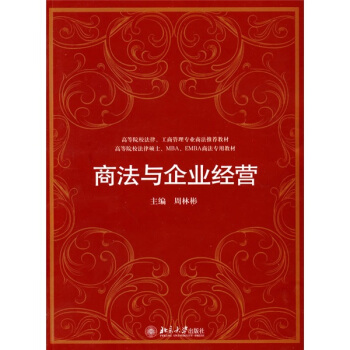
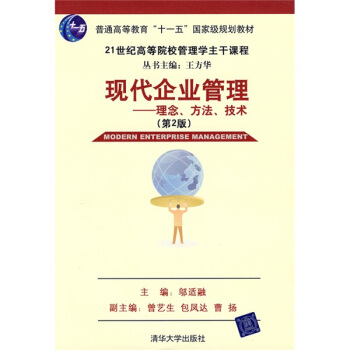
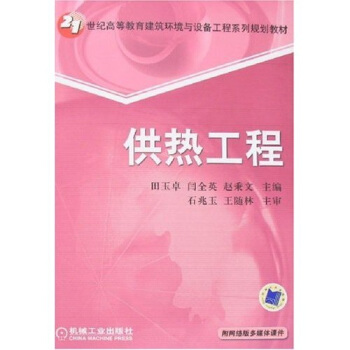
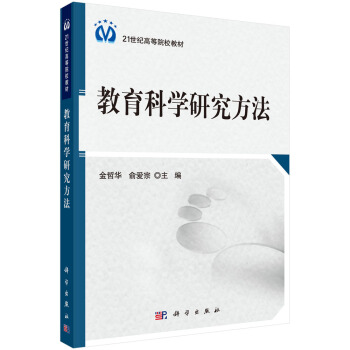

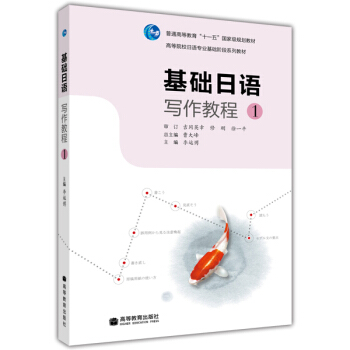
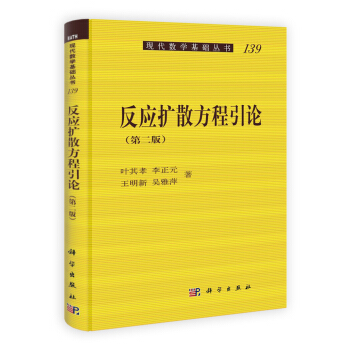
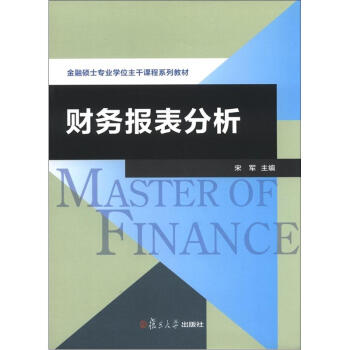
![消費經濟學(第2版)/普通高等教育“十一五”國傢級規劃教材 [Consumption Economics(Second Edition)] pdf epub mobi 電子書 下載](https://pic.tinynews.org/11110267/rBEHaFCI2X4IAAAAAADIxJUogWMAACemAAugO0AAMjc335.jpg)
